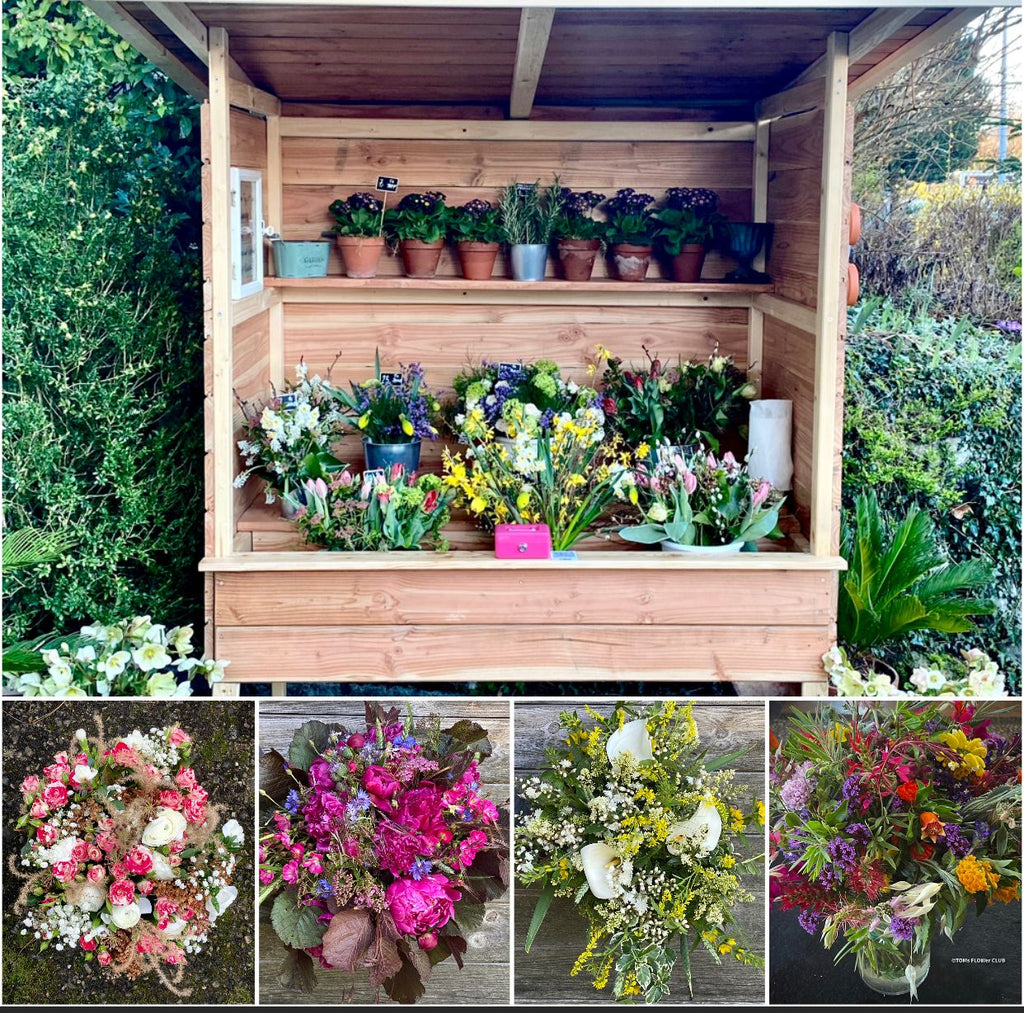New Regulation: Swiss Federal Council Bans Certain Invasive Alien Plants
On March 1, 2024, the Swiss Federal Council decided to amend the Ordinance on the Release of Organisms into the Environment. Starting September 1, 2024, the sale of certain invasive alien plants will be prohibited. This decision is in response to a parliamentary motion to ban the sale of invasive neophytes.
Why This Matters
Invasive alien species can cause significant ecological, economic, and health-related damage. Despite this, many invasive plants have been available for sale until now. The new regulation aims to curb the spread of these harmful species by banning their sale and distribution.
What Will Be Banned?
The updated ordinance prohibits the distribution of specific invasive alien plants, including selling, gifting, and importing them. Some of the plants that will be affected by this ban include:
- Butterfly bush (Buddleja davidii)
- Cherry laurel (Prunus laurocerasus)
- Princess tree (Paulownia tomentosa)
A comprehensive list of banned plants will be included in a new annex to the ordinance. However, plants that are already present in gardens are not affected by this ban.
Expanded Handling Prohibition
The ordinance also expands the handling prohibition, which means that several invasive alien plants cannot be used in the environment. They can no longer be sold, planted, or propagated. This includes plants like:
- Tree of heaven (Ailanthus altissima)
- Kudzu vine (Pueraria montana)
Additionally, new import controls by customs will be implemented, although the enforcement of these bans will primarily be the responsibility of the cantons.
Goals of the Regulation
These changes aim to prevent the introduction and spread of additional invasive alien plants into the environment. This aligns with Switzerland’s strategy to manage invasive species effectively.
What This Means for Businesses
The Federal Council has set the enforcement date for these changes to September 1, 2024. This gives businesses ample time to adjust their inventories to comply with the new regulations.
For more detailed information, including the full list of banned plants, please refer to the updated ordinance or contact your local authorities.
At TOMs FLOWer CLUB, we are committed to following these new regulations and ensuring that our plant offerings are safe and sustainable for the environment. Stay tuned for more updates as we adapt our selection to meet these new standards.
Feel free to reach out to us with any questions or concerns about this new regulation. Together, we can help protect our beautiful Swiss landscape from the threat of invasive species.





